Grocery Guides
Imitation Crab – All You Need to Know | Instacart Guide to Groceries
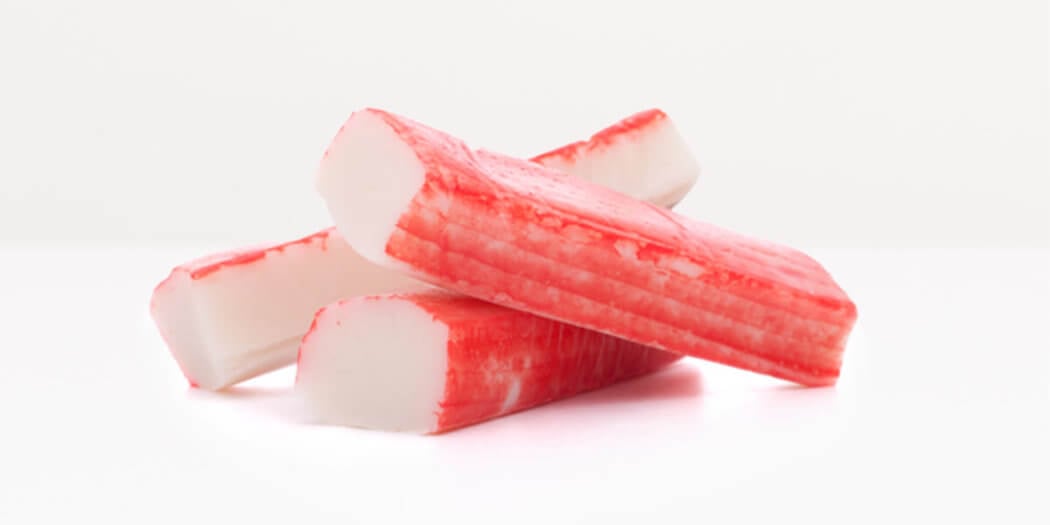
What is imitation crab?
Imitation crab is fish that’s been processed to look, taste, and feel like real crab meat. Unlike the real deal, imitation crab meat is an affordable protein that’s readily available in many supermarkets throughout the United States.
You can find imitation crab meat in dozens or even hundreds of products. Chances are, you’ve had it before but didn’t realize it. Restaurants serve it in seafood salads, crab cakes, rangoon, dips, and even sushi rolls.
How is imitation crab made?
Fake crab meat is made from different types of white fish. The most commonly used are pollock and codfish, although sometimes squid is also used.
- First, the fish is deboned and thoroughly cleaned.
- Second, it’s minced until it turns into a white homogenous paste.
- Next, manufacturers add several ingredients to improve the look, texture, and flavor of this paste. Often, imitation crab has potato starch, egg whites or soy protein, sugar, salt, vegetable oil, artificial flavors and dyes, and preservatives.
- Finally, that processed paste (also known as surimi) is molded into hotdog-shaped cylinders. Sometimes, the top is dyed red to mimic real crab meat.
Where was imitation crab meat invented?
Imitation crab was first produced on a large scale in Japan in the 1970s. It was created as a cost-effective way to replace real crab meat in many traditional dishes. Surimi was also sold as a convenient food that could be eaten without any extra preparation, as it already comes cooked. Thus, it could also be enjoyed as a quick snack.
Fake crab meat was such a success that it quickly moved to the United States.
What is the nutritional value of imitation crab?
Eager to add more seafood to your diet? 3oz (or 85g) of fake crab meat contains:
- 81 calories
- 6.5g of protein
- 0.4g of fat
- 25.5mg of omega-3
- 12.7g of carbohydrates
- 5.3g of added sugar
- 715mg of sodium
- 17mg of cholesterol
Compared with real crab, imitation meat is lower in fat, cholesterol, and sodium. On the other hand, it’s also lower in protein, omega-3 fatty acids, higher in carbs, and has added sugars. It’s also not as rich in vitamins as the real deal.
Can you eat imitation crab if you have a food allergy?
Sometimes, imitation crab is made with a small percentage of crab meat. Usually, it’s done to enhance the flavor and a little can go a long way. This is bad news for those with food allergies—just a small amount of real crab mixed with surimi can be enough to trigger a serious reaction. To be safe, imitation crab should be put on the do-not-eat list for those with food allergies.
But it’s not just those with seafood allergies that have to be cautious. As we mentioned in this guide, sometimes egg whites and soy are added to imitation crab. Those are 2 prevalent allergens to watch out for if you (or someone you’re cooking for) are allergic to them.
How do you pick imitation crab at the grocery store?
More often than not, you’ll find imitation crab at grocery stores that sell “fresh fish.” You should see it either in the frozen section or in the refrigerated aisle. Look for packaging that says “imitation crab,” “crab-flavored seafood,” or “surimi seafood.”
When choosing imitation crab, look at the available options to see if any is made with real crab. Sometimes, manufacturers will include up to 50% of real crab meat along with the fake stuff for a more pleasant experience. Do keep in mind that these options tend to be more expensive.
You can also read the packaging to see what fish were used to make the surimi. Although this doesn’t particularly affect the flavor, you may appreciate the extra transparency.
If you suffer from food allergies, always search the labels for allergen information. Some products have eggs and soy, as we mentioned, while others don’t.
If you are looking to have your groceries delivered, you can easily shop for imitation crab via Instacart. After adding a product to your cart, use the “Instructions” option to notify your Instacart shopper about any preferences or specific directions on how to choose the best products. Shop for imitation crab.
Grab it now on Instacart:
How to store imitation crab
Keep imitation crab in the freezer until the day before you want to use it. It’s best to leave it in the plastic package it came in, although you can also store it in an airtight container. Fake crab meat will keep like this for 6 months or so before it starts going bad.
If you’ve already dug into the imitation crab, keep it in an airtight container in the fridge. It will be good for between 3 or 5 days.
How to tell if imitation crab is bad
You’ll know when imitation crab starts going bad. It will start to smell fishy, the texture will be slimy, and it will taste sour. If your imitation crab shows any of these signs, it’s time to toss it immediately. Remember to sanitize every surface that came in contact with it.
What can I substitute for imitation crab?
An obviously easy swap for imitation crab is real crab. It will taste the same (or better!), but it is also much more expensive.
Another option would be another kind of shellfish. Crayfish, shrimp, and scallops can all mimic the taste and texture of imitation crab depending on how you cook them. For instance, they can be made into a crab-like creamy dip.
Alternatively, you can use codfish or pollock, especially if you’re after a flakier texture. For example, they can work well as filling for cakes and rangoon. These 2 fish are the main ingredients used to make imitation crab, so substituting them is a no-brainer.
Expand your culinary horizons with imitation crab meat
Now that you know all about this nifty protein, head to Instacart to get creative with your cooking! Thanks to the grocery delivery service, you don’t even have to leave the house. Shop online for all the ingredients you need and have them show up on your doorstep in under 2 hours.
Most Recent in Grocery Guides

Grocery Guides
15 Tasty Ice Cream Alternatives: Yogurt, Shaved Ice & More
Ice cream has been a beloved treat for generations. With its rich flavors and smooth texture, it’s no wonder people choose ice cream when looking for dessert. However, as dietary restrictions and health consciousness evolve,…...
Apr 10, 2024![When Is Artichoke Season? [Recipes + Guide]](https://www.instacart.com/company/wp-content/uploads/2024/03/when-is-artichoke-season-hero-447x224.webp)
Grocery Guides
When Is Artichoke Season? [Recipes + Guide]
Quick Answer When is artichoke season? In North America, artichoke season is from March to May, with smaller batches in October. Artichokes are a unique and versatile vegetable known for its tender heart and delicate…...
Mar 6, 2024
Grocery Guides
Brown Eggs vs. White Eggs: How Are They Different?
Eggs are an essential ingredient in many sweet and savory recipes. The possibilities are endless when it comes to using these protein-packed powerhouses — you can scramble, fry, boil or poach eggs, or you can…...
Feb 24, 2024
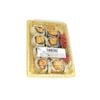


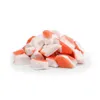
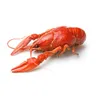
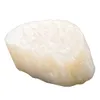

 Squash – All You Need to Know | Instacart Guide to Fresh Produce
Squash – All You Need to Know | Instacart Guide to Fresh Produce  Ghost Pepper – All You Need to Know | Instacart Guide to Fresh Produce
Ghost Pepper – All You Need to Know | Instacart Guide to Fresh Produce  Sprouts – All You Need to Know | Instacart Guide to Fresh Produce
Sprouts – All You Need to Know | Instacart Guide to Fresh Produce 

